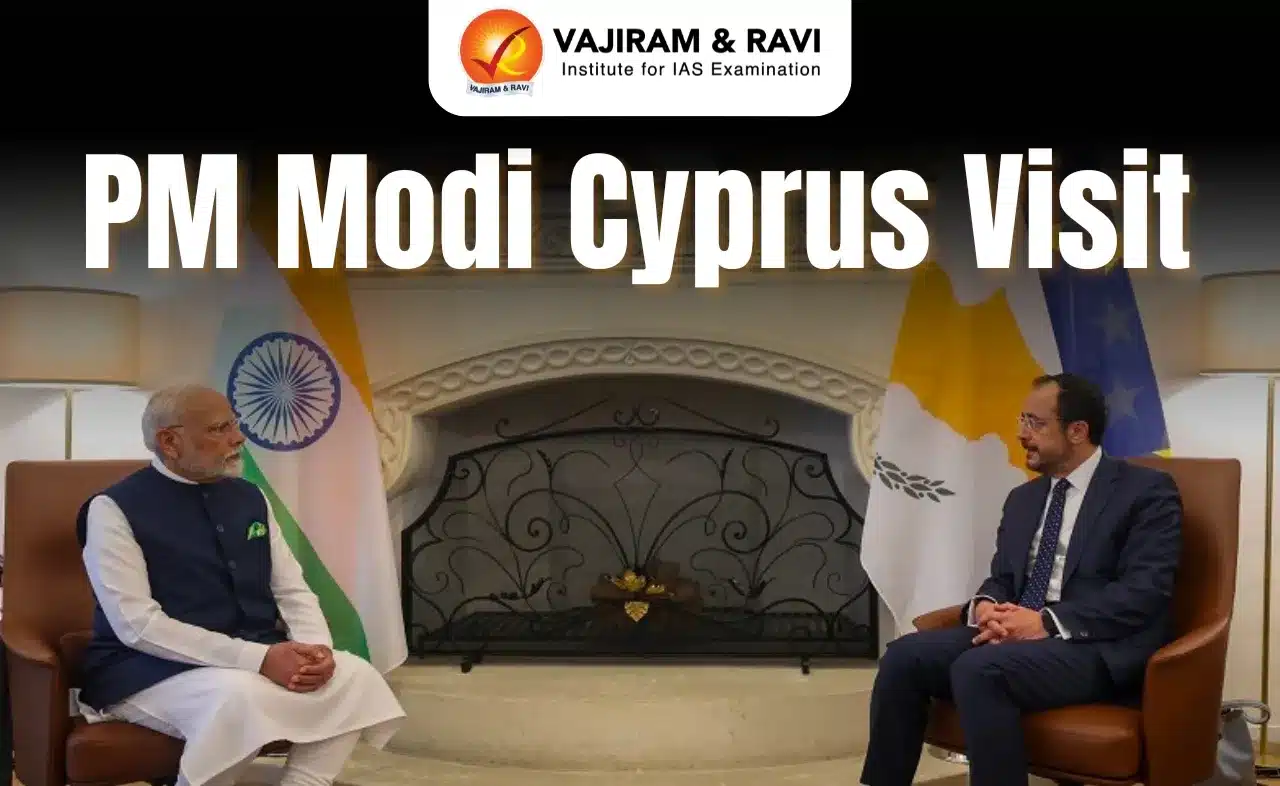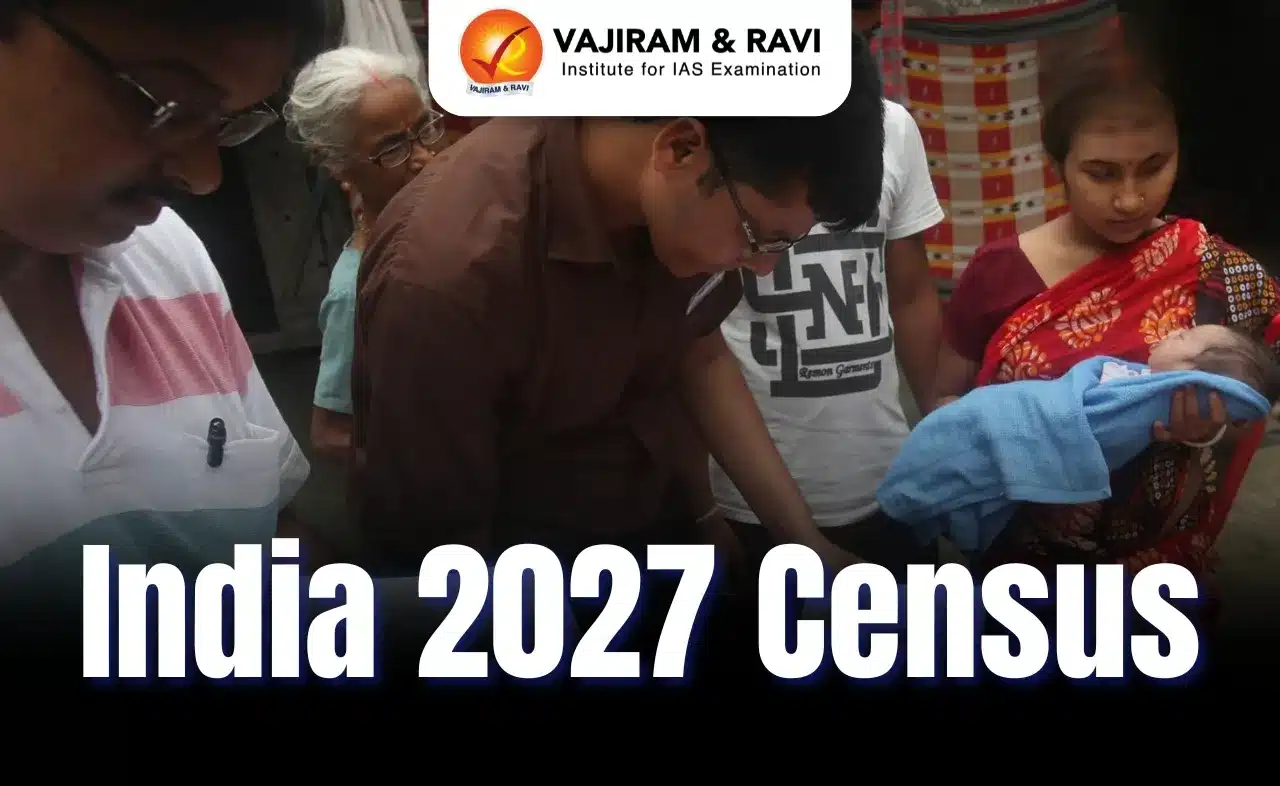What’s in Today’s Article?
- Why in News?
- Broader Issues in the Political Funding Framework
- Key Aspects of Regulating Party Funding Framework
- Political Funding Rules Around the World – The Chilean Experiment
- Case of India
- Need of the Hour for India – Balancing Transparency, Anonymity
Why in News?
- In a judgement in the electoral bonds case, the Chief Justice of India (CJI) dwelt at length on the close association of money and politics, and the influence of money over electoral outcomes.
Broader Issues in the Political Funding Framework
- The CJI summarised the two issues raised by the petitions in the Electoral Bonds case as:
- Whether unlimited corporate funding to political parties infringes the principle of free and fair elections and violates Article 14 of the Constitution; and
- Whether the non-disclosure of information on voluntary contributions are violative of the right to information of citizens under Article 19(1)(a).
- Unlike in the US, where elections revolve around the campaign of individual candidates, in India (like most other parliamentary systems) parties are central to electoral politics.
- Thus, the primary focus of the campaign finance framework in India needs to be parties and the question of the funding of political parties goes to the heart of India’s democracy.
Key Aspects of Regulating Party Funding Framework
- Regulation of Donations:
- Some individuals or organisations may be banned from making donations. For instance, foreign citizens or companies.
- There may also be donation limits, aimed at ensuring that a party is not captured by a few large donors – whether individuals, corporations, or civil society organisations.
- Some jurisdictions rely on contribution limits for regulating the influence of money in politics.
- For example, the US federal law imposes different contribution limits on different types of donors.
- Limits on Expenditure:
- Expenditure limits safeguard politics from a financial arms race and relieve parties from the pressure of competing for money even before they start to compete for votes.
- Therefore, some jurisdictions impose an expenditure limit on political parties.
- For example, in the UK, political parties are not allowed to spend more than £30,000 (about Rs 30 lakh) per seat.
- Public Financing of Elections:
- Many countries provide public funding of parties and the most commonly used method is to set predetermined criteria.
- For instance, in Germany, parties receive public funds on the basis of their importance (votes they received in past elections, etc) within the political system.
- A relatively recent experiment in public funding is that of “democracy vouchers” (distributed to eligible voters), which is used in local elections in Seattle, US.
- Voters can use these vouchers to donate to the candidate of their choice.
- Many countries provide public funding of parties and the most commonly used method is to set predetermined criteria.
- Disclosure Requirements:
- This aspect of the regulation of private money in politics formed the crux of the Electoral Bonds case.
- Disclosure as regulation rests on an assumption that the information supply and public scrutiny may influence politicians’ decisions and the electorate’s votes.
- It does not outrightly prevent parties or donors from receiving or making donations.
Political Funding Rules Around the World – The Chilean Experiment
- Under the Chilean system of “reserved contributions”, donors could transfer to the Chilean Electoral Service the money they wished to donate to parties.
- The Electoral Service would then forward the sum to the party without revealing the donor’s identity.
- If the complete anonymity system worked perfectly, the political party would not be able to ascertain the sum donated by any specific donor.
- However, various scandals revealed that Chilean politicians and donors had coordinated with each other to effectively erode the system of complete anonymity.
Case of India
- In India, there are no donation limits on individuals, also no legal expenditure limit on parties.
- Therefore, a party can spend as much as it wants for its campaign as long as this expenditure is not for the election of any specific candidate.
- The Electoral Bonds Scheme enabled large donors to hide their donations if they used official banking channels.
- Also, Indian electioneering is no longer restricted to parties and candidates.
- Over the last decade, there has been a staggering rise in the involvement of political consultancies, campaign groups, and civil society organisations in online and offline political campaigns.
Need of the Hour for India – Balancing Transparency, Anonymity
- Many jurisdictions strike this balance by allowing anonymity for small donors, while requiring disclosures of large donations. For example,
- In the UK, a party needs to report donations received from a single source amounting to a total of more than £7,500 in a calendar year.
- The analogous limit in Germany is €10,000.
- The argument in favour of this approach is: small donors are likely to be the least influential in the government and most vulnerable to partisan victimisation, while large donors and parties are mutually benefited.
Q1) What are India’s Electoral Bonds?
Under the electoral bond system introduced by the Government of India in 2018, these bonds must be bought from the State Bank of India (SBI) but can be donated to parties anonymously.
Q2) Why was the Indrajit Gupta Committee constituted by the Government of India?
The Indrajit Gupta Committee (1998) endorsed state funding of elections, seeing “full justification constitutional, legal as well as on ground of public interest” in order to establish a fair playing field for parties with less money.
Source: Expert Explains | Regulating political funding: Rules around the world, India’s challenge
Last updated on June, 2025
→ UPSC Notification 2025 was released on 22nd January 2025.
→ UPSC Prelims Result 2025 is out now for the CSE held on 25 May 2025.
→ UPSC Prelims Question Paper 2025 and Unofficial Prelims Answer Key 2025 are available now.
→ UPSC Calendar 2026 is released on 15th May, 2025.
→ The UPSC Vacancy 2025 were released 1129, out of which 979 were for UPSC CSE and remaining 150 are for UPSC IFoS.
→ UPSC Mains 2025 will be conducted on 22nd August 2025.
→ UPSC Prelims 2026 will be conducted on 24th May, 2026 & UPSC Mains 2026 will be conducted on 21st August 2026.
→ The UPSC Selection Process is of 3 stages-Prelims, Mains and Interview.
→ UPSC Result 2024 is released with latest UPSC Marksheet 2024. Check Now!
→ UPSC Toppers List 2024 is released now. Shakti Dubey is UPSC AIR 1 2024 Topper.
→ Also check Best IAS Coaching in Delhi
























